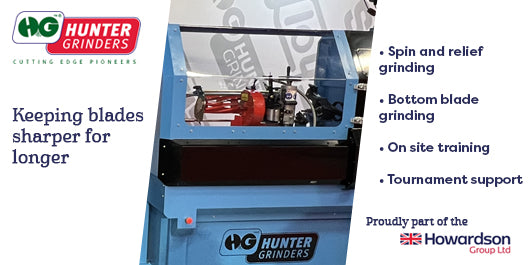The June rugby diary 2003
June Rugby diary
By Jon Buddington
If the season has finished and the pitch is now renovated, monitor all seeded areas to check soil/seed contact- without it, there will be no germination.
If possible maintain some moisture in the soil surface either by hand watering or sprinkler system if available. It is imperative that seeded areas remain damp during this period of germination and establishment.
If high wear areas, i.e. lineouts, scrums have been seeded, use germination sheets or simply polythene pegged down over the areas to retain moisture and warmth in the soil. Check regularly though for disease.
If you're renovating now, pay particular attention to scarifying. Remove as much debris as possible from the surface and tilth soil surface to provide a good seedbed.
Aerate, when soil conditions allow. If there has been a steady fall of rain, use it to "open" the surface and relieve compaction. Verti draining to relieve deep compaction is also an operation that should be considered. This will open fissures and aid rooting further into the subsoil.
Any low areas should be addressed with an appropriate root zone or top soil, but remember to break up the bottom of the depression with rotovator, power harrow or fork, to help the new medium bind. Consolidate new soil and rake to level, prior to seeding.
If top dressing the pitch, 60 tonnes of dressing (sand/soil) will add about 5mm or ¼ inch to the pitch surface.
The existing grass height can be kept at around 25mm to 35mm to reduce stress. Remember, if you are feeding to apply fertiliser at manufacturers recommended rate.
When germination is complete restart a programme of brushing and verti cutting to aid soil, grass and air circulation and this will also keep the soil surface clean.
If possible remove posts for repair and painting, maybe it's time to order a new set!


